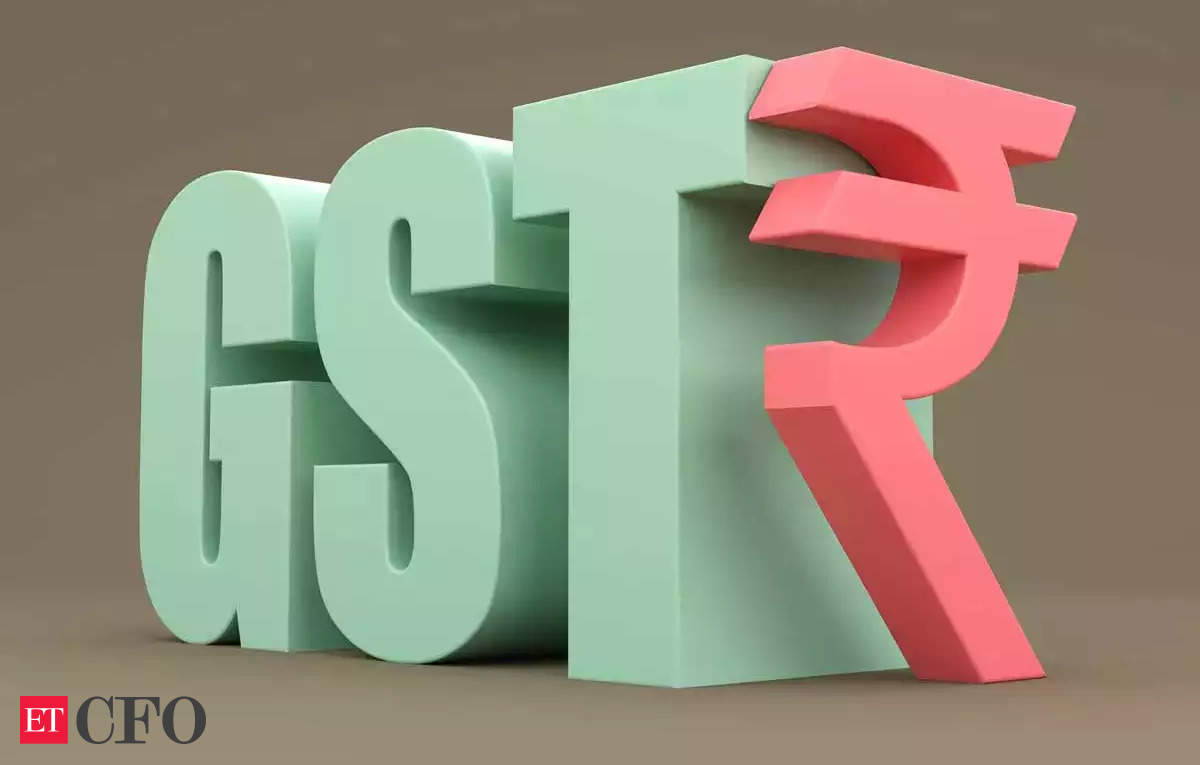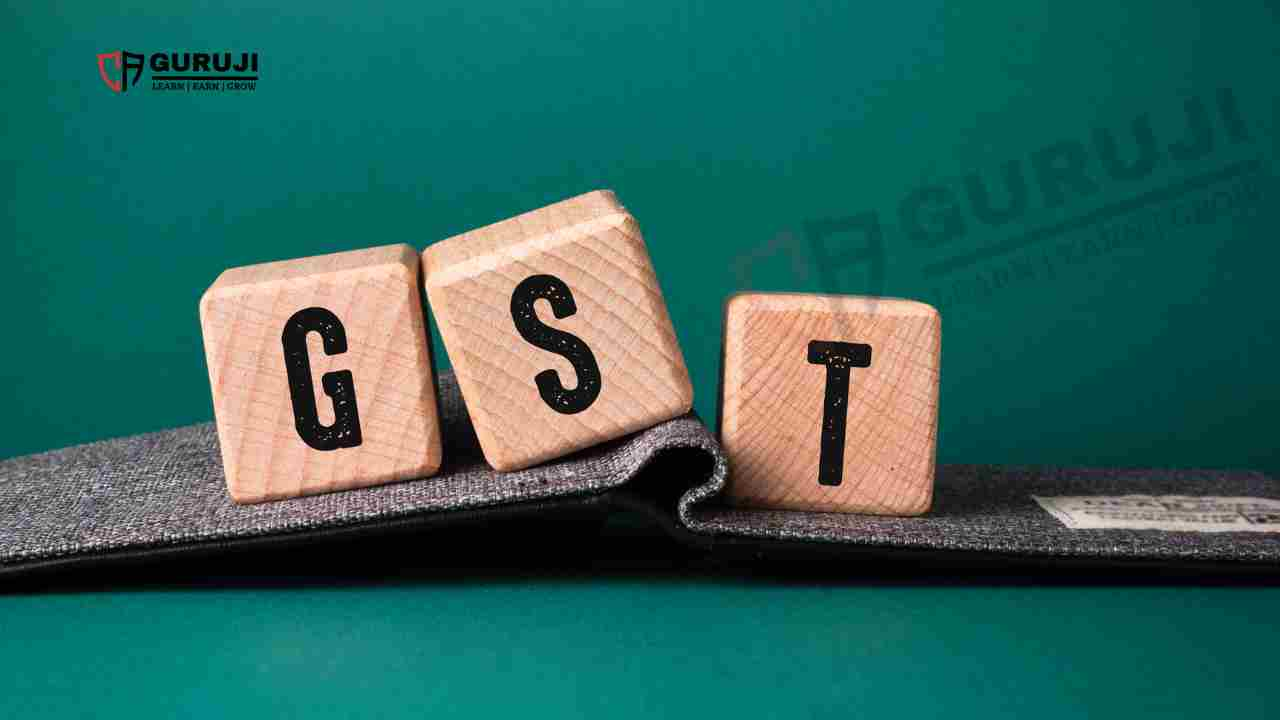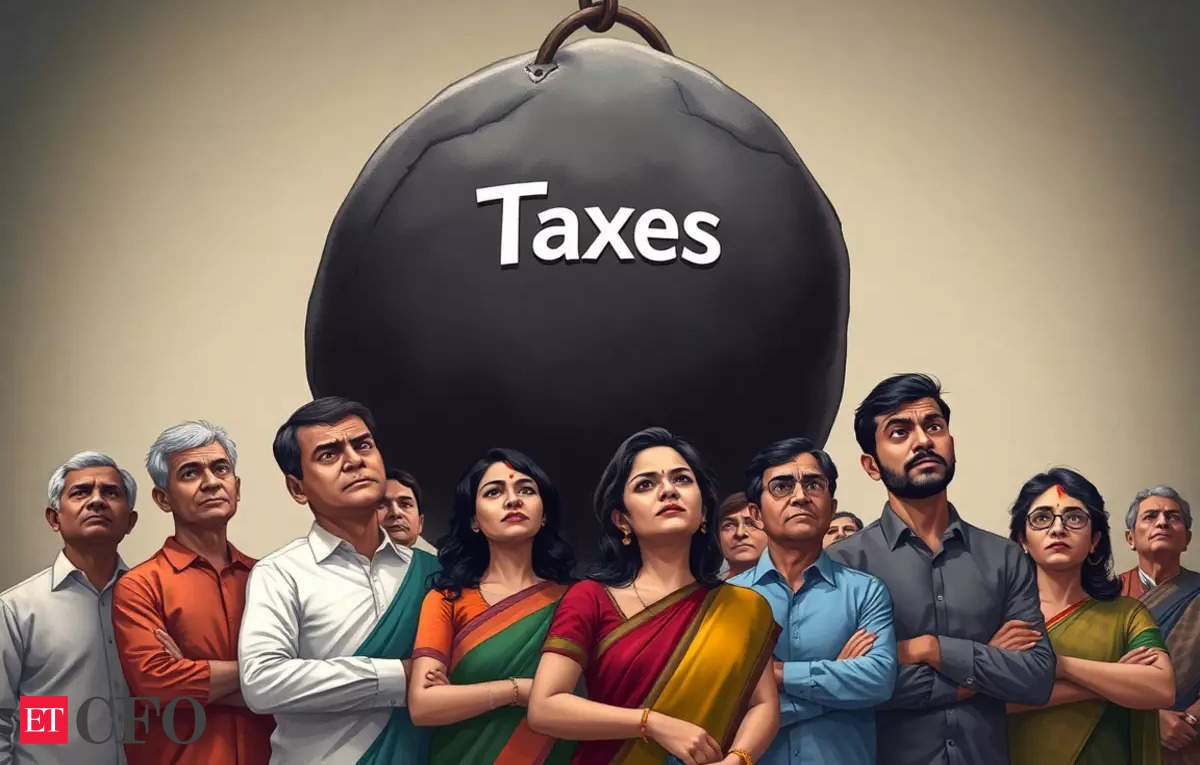Section 193 of the Income Tax Act, 1961, pertains to the deduction of Tax Deducted at Source (TDS) on interest on securities. It outlines the provisions for deducting TDS on interest payments made to individuals and entities on various types of securities, such as debentures, bonds, and other financial instruments.
Here’s a detailed explanation of Section 193:
Applicability:
Section 193 applies to any person (other than an individual or a Hindu Undivided Family) who is responsible for making payment of interest on securities. This includes companies, firms, trusts, government entities, and other organizations. The section aims to ensure that tax is collected at the source when interest income is earned on various types of securities.
TDS Calculation:
When interest income on securities is paid to a recipient, the person responsible for making the payment is required to calculate and deduct TDS on the interest amount. The TDS rate under Section 193 is 10% of the interest amount.
Types of Securities:
Section 193 covers a wide range of securities, including:
- Debentures: These are loan instruments issued by companies, and interest is paid to debenture holders.
- Bonds: These are debt instruments issued by governments or corporations, and they pay periodic interest to bondholders.
- Debenture Stock: Similar to debentures, these are loan instruments with periodic interest payments.
- Other Securities: This includes various financial instruments issued by the Central or State Government, local authorities, or institutions.
TDS Deduction Threshold:
No TDS is required to be deducted under Section 193 if the aggregate amount of interest paid or credited during the financial year is less than Rs. 10,000. This threshold is designed to reduce the administrative burden for smaller interest payments.
Exemptions and Special Cases:
Certain types of interest payments are exempt from TDS under Section 193. For instance, Any amount of interest payable on:
- 4¼% National Defence Bonds 1972 held by resident individual
- 4¼% National Defence Loan, 1968 or 4¾% National Defence Loan, 1972 (to individual);
- National Development Bonds/Notified Debentures by CG
- 7 year NSC
- 54EC Capital Gains Bonds: PFCL & IRFCL Bonds.
- 6½% Gold Bonds, 1977 or 7% Gold Bonds, 1980 held by resident Individual.
- Securities of CG/SG [However, TDS applicable if interest payable during the FY on 8% saving (taxable) bonds, 2003
- or 7.75% Savings (Taxable) Bonds, 2018 more than Rs.10,000].
- Interest on any debentures (listed or not) of public company,
- to Resident Individual or HUF
- by A/c Payee Cheque
- Total interest paid/payable in FY upto Rs.5,000.
- Payable to LIC/GIC/Subsidiary of GIC/any other insurance company provided
- securities are owned by them or
- they have full beneficial interest in such securities.
- Listed Securities held in DEMAT form.
TDS Deposit and Reporting:
The person responsible for making the interest payment is required to deduct the applicable TDS amount and deposit it with the government within the specified time frame. Additionally, they need to furnish TDS returns providing details of the TDS deductions made.
TDS Certificate:
The deductor issues a TDS certificate to the recipient of the interest income in Form 16A. This certificate contains details of the TDS amount deducted and deposited on behalf of the recipient. The recipient uses this certificate while filing their income tax return to claim credit for the TDS amount.
Impact on Recipient:
The recipient of the interest income needs to consider the TDS while calculating their overall tax liability and while filing their income tax return.
Understanding Section 193 is important for both the deductor (the entity responsible for making the interest payment) and the recipient of the interest income to ensure accurate TDS calculation and proper compliance with tax laws.
Let’s go through an example to help illustrate how TDS works under Section 193 in the context of interest on securities:
Example:
Company ABC issues bonds to raise funds for its expansion project. These bonds have a nominal value of Rs. 1,00,000 each and offer an annual interest rate of 8%. Company ABC is required to pay interest on these bonds to the bondholders.
Calculation:
- Bond Value: Rs. 1,00,000
- Annual Interest Rate: 8%
- Annual Interest Amount: Rs. 1,00,000 * 8% = Rs. 8,000
TDS Calculation:
Under Section 193, the TDS rate is 10%. Therefore, the TDS on the annual interest amount of Rs. 8,000 would be calculated as:
TDS Amount = Interest Amount * TDS Rate TDS Amount = Rs. 8,000 * 10% = Rs. 800
Payment to Bondholder:
Company ABC pays an interest of Rs. 8,000 to the bondholder. However, before making the payment, the company deducts TDS of Rs. 800 and remits it to the government.
TDS Certificate (Form 16A):
Company ABC provides the bondholder with a TDS certificate in Form 16A, indicating that Rs. 800 has been deducted as TDS on the interest payment. The bondholder can use this TDS certificate while filing their income tax return to claim credit for the TDS amount.
In this example, Company ABC deducts TDS on the interest payment made to the bondholder in accordance with Section 193. The bondholder receives the net interest payment after deducting TDS, and the TDS amount is remitted to the government as required.












Mem……………………Aapne jo example liya hai…usme intrest less than 10000 hai..to phir is pr section 193 applicable nhi hoga na……….
TDS Deduction Threshold:
No TDS is required to be deducted under Section 193 if the aggregate amount of interest paid or credited during the financial year is less than Rs. 10,000.